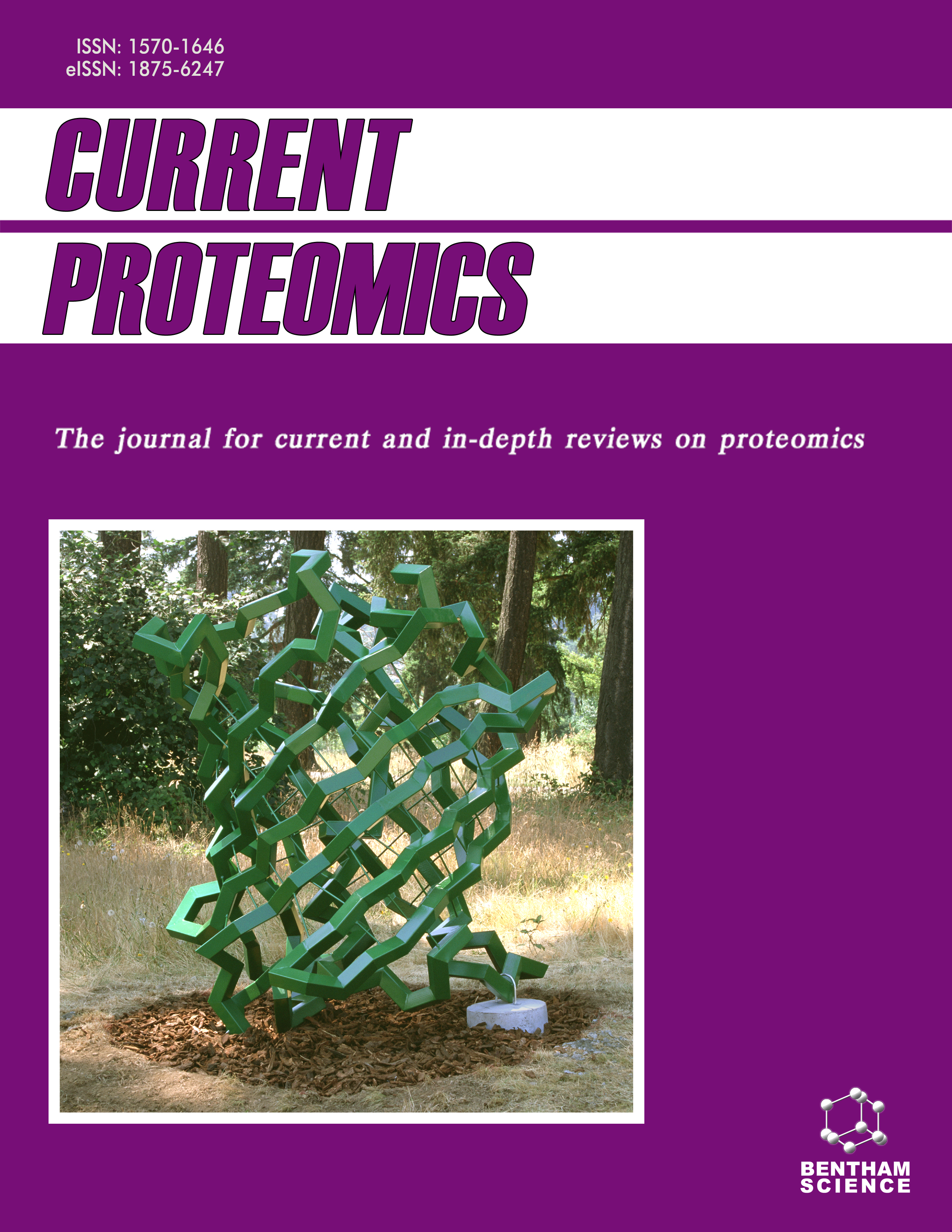
Full text loading...
The integration of multi-site functional Magnetic Resonance Imaging (fMRI) datasets with deep learning frameworks has yielded substantial advancements in the realm of Autism Spectrum Disorder (ASD) research. However, existing graph convolutional neural networks (GCNs) only aggregate neighbor information at a fixed scale and cannot adjust the scale parameters to aggregate the best information.
In this study, a population graph-based framework, homogeneous graph wavelet neural network (H-GWNN), is proposed to learn representations for graph classification in an end-to-end manner. Specifically, the multi-site heterogeneous data are handled with a balance homogenization algorithm (BHA), which is developed based on location and scale effects. Both image data and phenotypic data are fused to construct a population graph, and the most discriminative information on the graph is extracted by adjusting the scale in a graph wavelet neural network (GWNN).
The experiments on the autism dataset ABIDE show that the classification accuracy of H-GWNN on autism is 83.58%, which exceeds that of other related GCN frameworks.
The findings demonstrate that H-GWNN can not only tackle data heterogeneity but also analyze node features at the optimal scale. It captures discriminative features to improve classification performance for ASD identification.

Article metrics loading...

Full text loading...
References


Data & Media loading...

